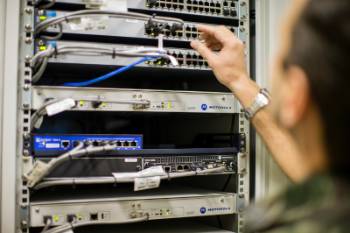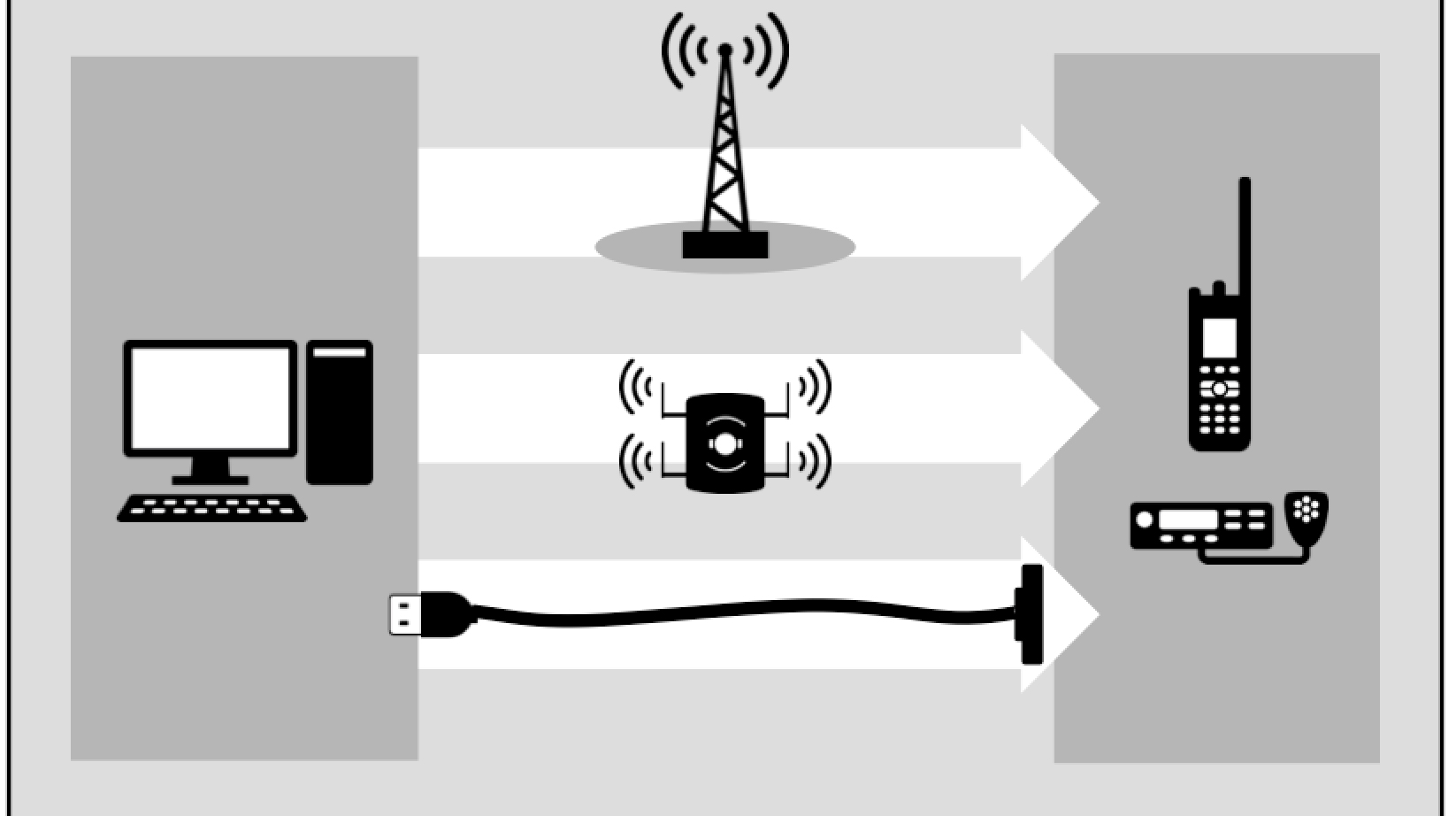Communication Between Divisions
Communication is a necessity in any organization. It’s used to not only pass along information, but to build trust and relationships as well. Agencies work better together if they have a relationship that is built on trust and communication. Communication itself, however, is not enough. It is the quality of communication that contributes to the department’s ultimate success.
In my experience, a department is most successful when measurable outcomes are met based upon information that is being communicated between divisions. For example, different shifts share information with each other concerning a burglary suspect’s description and last known location, and as a result of that communication, an arrest is made. The ability to communicate effectively between divisions and departments is critical for an organization to run smoothly and accomplish their operational goals.
Effective communication consists of sharing complete and accurate information with everyone who needs it. Communicating effectively can also greatly reduce the amount of time spent on unnecessary tasks. Department goals can only successfully be achieved if each division communicates with each other and passes on critical information. As a previous Intelligence Officer, I emphatically believe that effective communication between departments and divisions has the ability to affect how agencies respond to crime and, in turn, can lead to a reduction of crime. And isn’t that any public safety agency’s number-one goal?
One of my main responsibilities as an Intelligence Officer was to communicate with other divisions and police departments. I would regularly put out BOLOs (Be On Look Out) to my department and other agencies regarding suspects and incidents. Not only was it important to quickly and accurately disseminate that information to the correct people, but it was equally important to delete or update information as situations changed.
For example, if I sent out a BOLO for a specific person, I knew that we could count on other departments and agencies to be searching for them. However, if the suspect had been caught and I failed to communicate that information, those officers would be wasting valuable time and resources looking for a suspect that was already apprehended.
Achieving agency goals is more than possible if you practice effective communication between departments and divisions. In my next post, we’ll discuss the importance of sharing incident information with your teams and other agencies, even if an incident report was never written.
In the meantime, you can discover more resources as well as information on how you can unlock the power of your public safety data here.




